UEFI Vs BIOS – What’s The Difference?
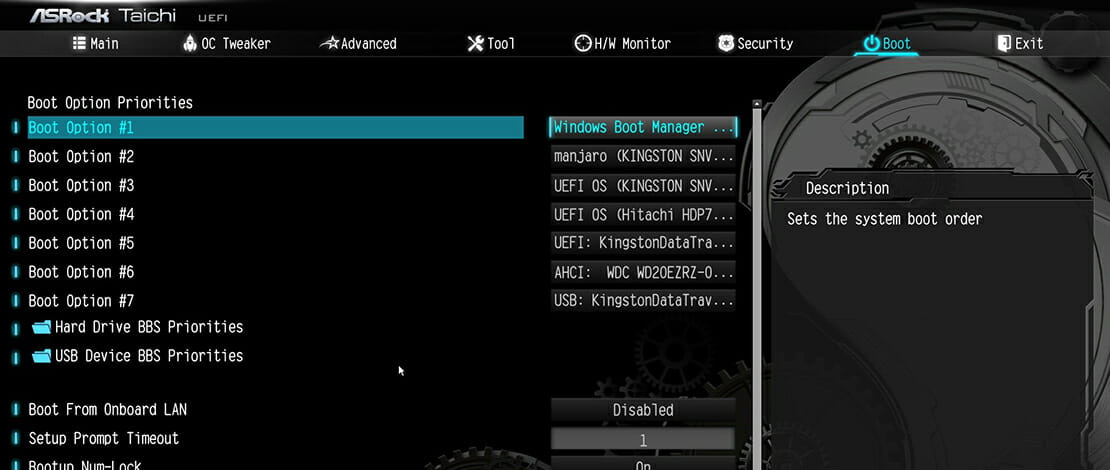
Hardware is developing so rapidly that we typically don’t have time to stop and see what changed and what benefits we are reaping. Installing operating systems used to be more difficult, during times when there wasn’t networking support, nor the ability to see a preview of your system of choice.
BIOS or Basic Input Output System, is an interface that had been used extensively up until the mid-2000s, when it was replaced by UEFI. Nowadays, most computers support UEFI and are much easier to work with.
Following are UEFI vs BIOS differences, as well as a brief history overview, to better understand the topic.
What is BIOS?
BIOS stands for Basic Input Output System and was developed by Gary Kildall, a computer scientist who is renowned for creating the CP/M programming language. It was in the CP/M version 1.1 for Lawrence Livermore Laboratories when the first mention of BIOS was seen.
A BIOS provides runtime services for operating systems and does hardware initialization and self-testing upon powering on or restarting.
BIOS used to be proprietary to IBM PCs but was reverse-engineered and has since become a standard, used in every computer. In today’s computers, a BIOS initialized the power-on, self-test, also known as POST, which starts the components up and tests them, before loading the boot loader and handing things over to the operating system.
A BIOS used to display error codes or play sounds in case a component failed POST. Today, error codes are shown on a numerical display on motherboards, simplifying the diagnostics process.
BIOS would eventually become outdated, in the mid 2000s, as hard drives grew in size and the need for a better interface grew.
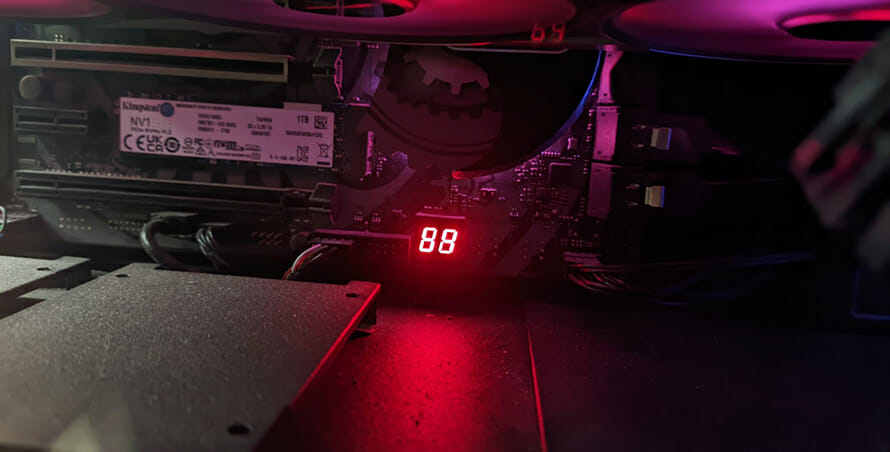
An indicator LED, going through the POST and the codes as the system is turning on.
What is UEFI?
UEFI stands for Unified Extensible Firmware Interface and is the successor to BIOS. UEFI has more features than BIOS and it even supports Legacy BIOS, in case one would need to install an operating system which doesn’t support UEFI.
UEFI was first created as a project by Intel in 1998 during the Intel-HP Itanium era. The limitations of BIOS were too large for the ever-growing server platforms, so the Intel Boot Initiative, later named the Extensible Firmware Interface, was created.
EFI was active until 2005, when Intel canceled the EFI project and contributed its work to the Unified EFI Forum, an alliance of tech giants which is responsible for UEFI standardization and development. The newest version of UEFI has recently been released.
UEFI is mostly used nowadays, having multiple clear benefits over BIOS.
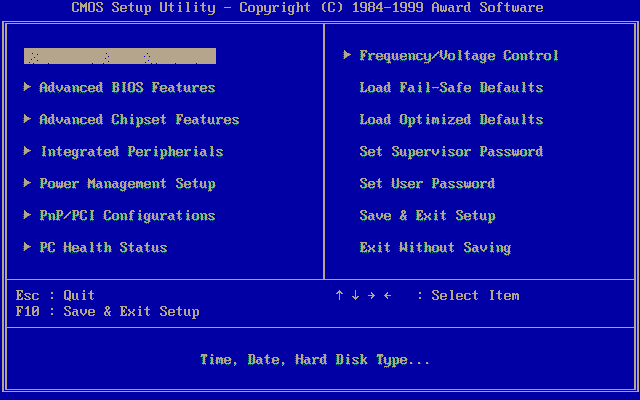
A Legacy BIOS screen, made by Award Software.
Legacy BIOS vs UEFI – Which One Is Better?
The main reason UEFI was created is that BIOS had become obsolete in regards to the developing technologies at the time. UEFI has many advantages over BIOS, the following being some of them:
- Support for large data partitions, over 2TB
- Support for the GUID Partition Table, or GPT, as opposed to BIOS’ Master Boot Record or MBR
- Both 32 and 64-bit pre-OS environments
- Networking and troubleshooting options, without an installed operating system
- Compatibility with previous and future iterations
- Modularity
Unless there are very specific requirements for someone to use BIOS, UEFI should always be a preferred option. All newer equipment, gaming motherboards and otherwise, support UEFI and have done so since the early 2010s, at least.
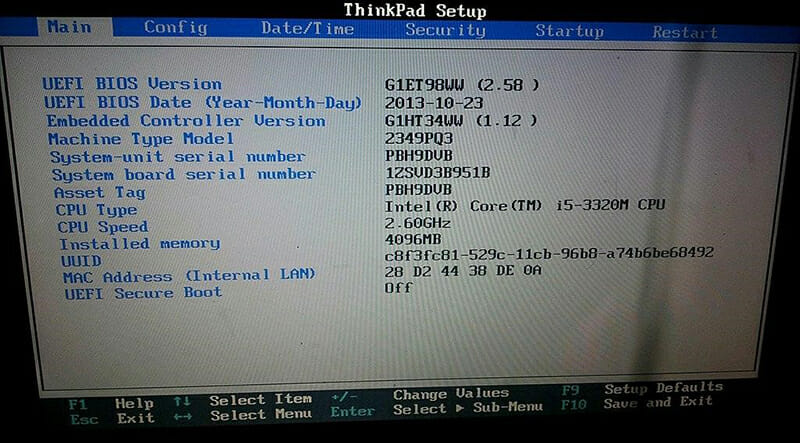
A UEFI screen which resembles a Legacy BIOS one in color scheme and design.
BIOS vs UEFI Boot Sequence – Which One to Use?
Most modern operating systems require UEFI in order to work. However, UEFI has support for Legacy BIOS in case there is a need to install an older operating system. A good example is an older laptop or machine which could technically be used for web browsing or lighter gaming.
Some older Windows systems still have working drivers for older equipment, while the same are deprecated and unusable on Windows 10 and 11.
Linux doesn’t have such issues, however, unless there is a very good reason to use Legacy BIOS and systems that don’t support UEFI, one should always opt for the latter. There are various security and quality-of-life reasons as to why one should use UEFI.
There might be a BIOS update for your motherboard which can help you solve any OS booting issues.
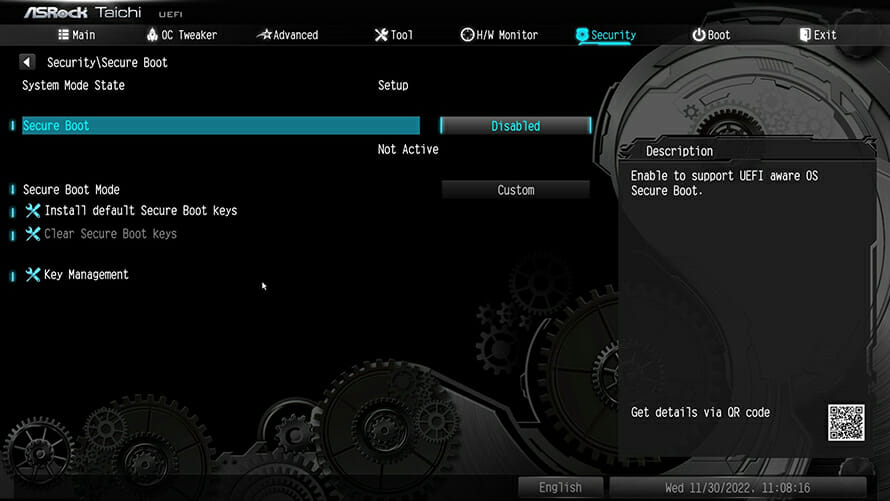
A UEFI screen of an ASRock Taichi, showing the disabled Secure Boot, often a thorn in the side of modern operating systems.
BIOS CSM vs UEFI – Compatibility or Modern Hardware?
Unless there is a need to install Windows Vista and previous iterations of Windows such as Windows XP, one should always opt for UEFI.
BIOS CSM stands for BIOS Compatibility Support Module, which is the aforementioned feature where you can emulate a BIOS environment within a UEFI compatible system. This option is turned off by default, the firmware assuming one would install a UEFI compatible OS.
UEFI allows you to install multiple operating systems on a single drive, which can be a hassle, but is worth it to some users. UEFI also has better management in almost every single way. The only problem that people run into is Secure Boot, a finicky option that can be turned off.
UEFI updates are important and should be considered whenever possible and when it doesn’t pose a risk of destabilizing a system which requires constant uptime.
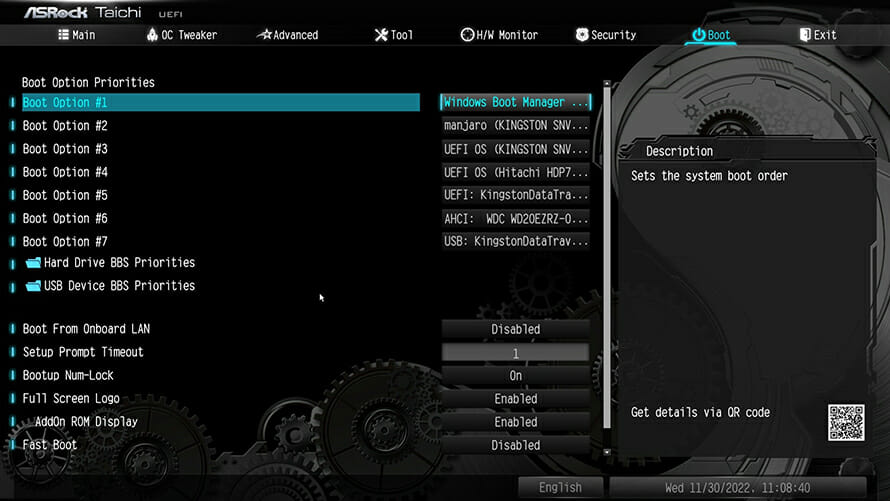
A UEFI boot order page, showing various operating systems. Note the UEFI OSs and that a flash drive can also be booted in either UEFI or Legacy BIOS mode.
UEFI Is Ahead But BIOS Has Its Uses
Even though most people have modern computers which support UEFI and can host modern operating systems, Legacy BIOS support is still present within every system that supports UEFI.
Legacy BIOS can have its uses, from fast and simple booting to still having control over parts of the motherboard such as the chipset, overclocking and boot order.
UEFI, on the other hand, has an intuitive GUI with support for other peripherals such as a mouse, networking support and the option to directly troubleshoot the computer. Booting an operating system in a live, non-installed environment is a bonus for everyone who wants to test a system before committing to one.
For most users and use cases, UEFI should be the preferred way to boot an operating system. There are fringe use cases where Legacy BIOS can be used, but those are few and most who need it are already in the know.